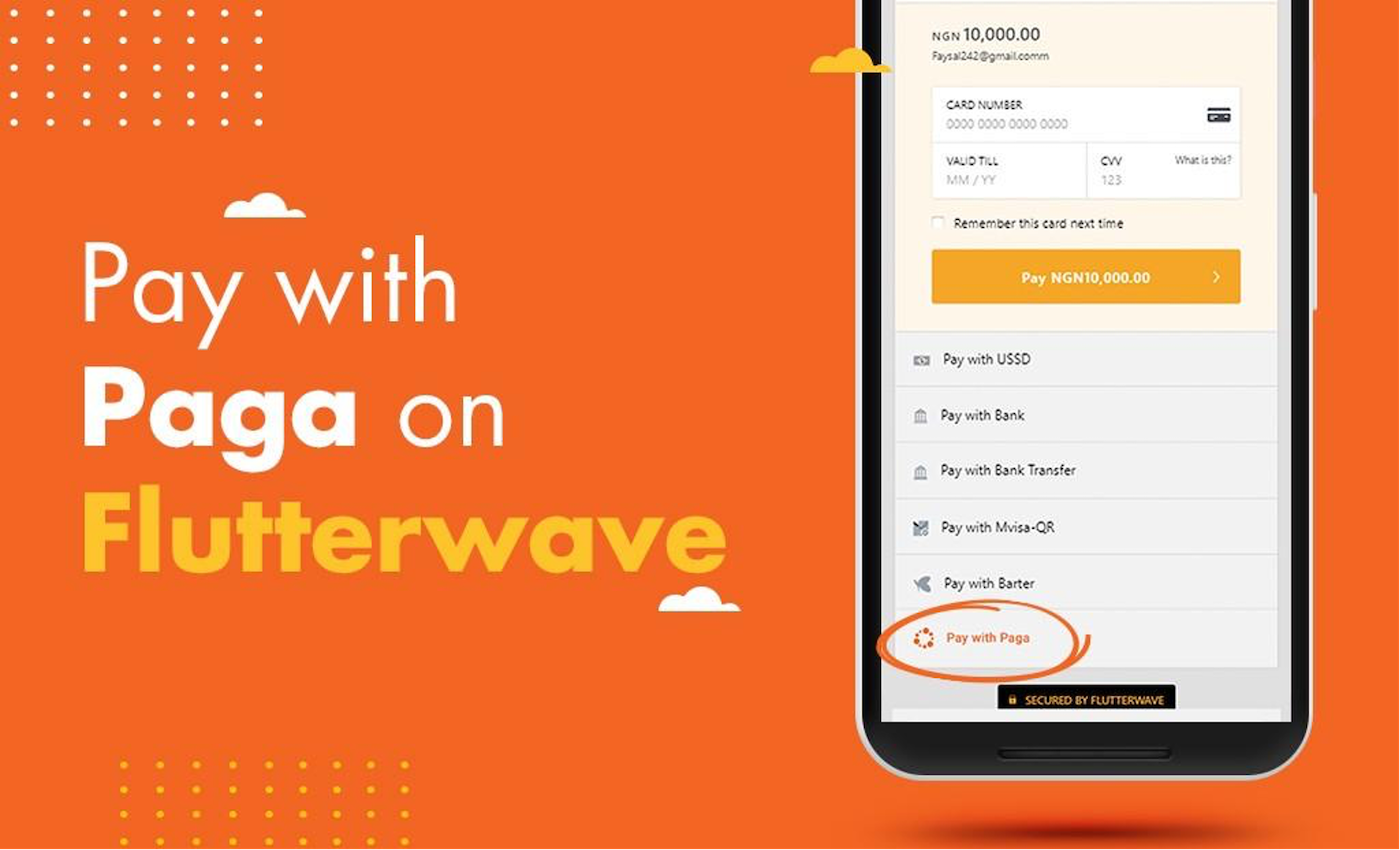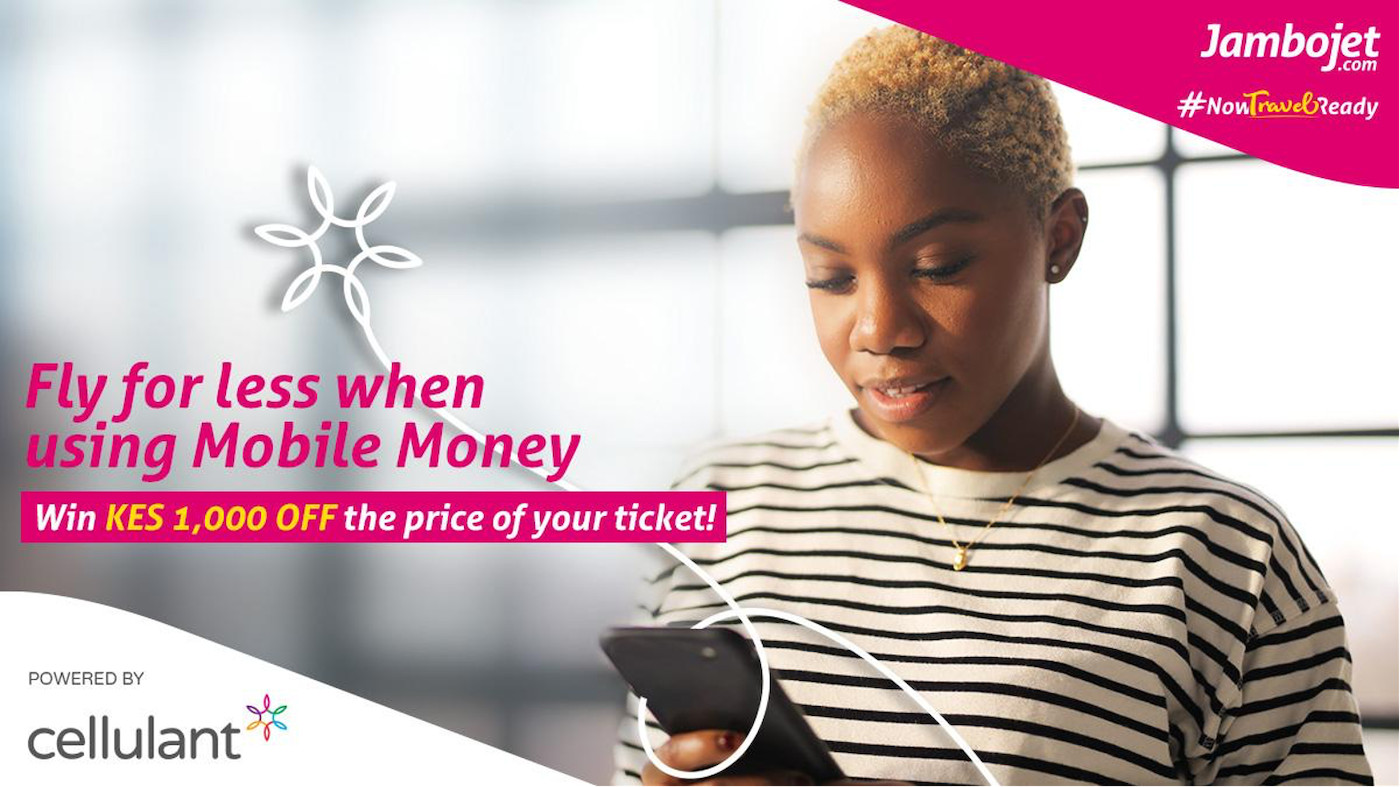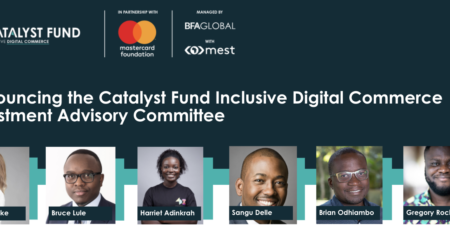How fintech startups should pursue B2B partnerships

For many fintech startups, particularly those in the insurtech space where high levels of trust are essential, business-to-business (B2B) partnerships can be a vital sales channel. Establishing new relationships of trust can be extremely difficult, so selling via a partner that established brand credibility and a user base can help startups increase their reach and quickly onboard new customers. Such partnerships provide startups with access to a steady stream of high-quality sales leads, leveraging a partner’s existing relationships with their customers. After all, customers who have a positive relationship with an existing brand or service provider are more likely to purchase recommendations or new offerings from that brand. Moreover, Iin terms of Customer Acquisition Costs (CAC), when working with a revenue share, partnerships can help ensure positive unit economics from the start.
However, selling via B2B partnerships means that startups do not have a direct channel of communication with clients and must depend on the B2B partner to represent them. As such, successful sales via B2B partnerships requires that partnerships go beyond a legal agreement, to include strategic alignment. We have seen that when partnerships are just a means for startups to simply reach out to a partner’s audience, they will not get far. Instead, the startup needs a thorough understanding of the partner’s customer base, business and operating model, and communications channels. They need full buy-in and commitment from the partner, from the onset of the relationship, to maximize benefits for both sides and deliver true value to each.
Catalyst Fund portfolio company Mango Life is an online insurance broker that offers life and health insurance in Mexico. The team recently launched partnerships with two leading Mexican fintech companies and the Catalyst Fund team, along with sales management consultant Celine Duros of Pontem Advisors, has been helping. Together, the team has crafted a strategy for pursuing partnerships, and worked to establish processes to fully optimize these relationships moving forward.
Given this work, here are elements that we believe fintech startups should keep in mind when engaging B2B partners:
1. Ensure value of offering is aligned with partner’s users
For a successful B2B partnership, your product should be valuable and relevant to the partners’ audience. Working with your business should help improve your partner’s relationship with their customers and/or help them also increase their reach and revenue.
Take a lot of time to research the company you are considering, and come to the discussion prepared, with a thorough understanding of their offering, their target audience, their potential pain points, and where you think you can add value. Make sure you look at their social media, their press clips, their website, the profiles of the people you will be talking to, and link your conversation to the buyer persona you have prepared.
Be sure that their users match your target segment. For instance, Mango Life established several requirements for potential partners to make sense. Ideal partners should:
- Be digital-first (in payment and navigation)
- Be tech-savvy enough to enable integrations
- Have an existing database of users
- Care about the health and security of their customers
- Be ready to deploy marketing efforts to educate users on the benefits on health or life insurance
- Be willing to propose extra value-added services to their customers to make their offering more sticky
In sum, use your knowledge of your product and the insights from your research to create a customized sales pitch that reflects the stage of the company and the position of your contact.
2. Get commitment and buy-in from B2B partners – from the start
Assuming the value and product fits, the next stage is to create alignment between the partners. Startups often feel that B2B partners are doing them a favor by agreeing to work with them, and as a result, rush to begin the engagement without taking the time to ensure commitment and alignment on incentives. However, for a partnership to be successful, both parties should stand to benefit from the arrangement and should commit the necessary resources and effort to get there.
Our advice to startups is: Don’t be afraid to ask partners for that commitment upfront, based on relevant incentives, whether in the form of revenue share, brand exposure, access to new customers, or something else. If the partner is not willing to make an adequate investment in marketing, upfront capital, training for their call centres, communications with their customers and employees, or tech integration, you might be betting on the wrong horse.
To get to this level of clarity, start by outlining in detail what each party is bringing to the table, and carefully consider the value that each should get from the relationship. Demonstrate that the partnership is ultimately a win-win situation. Remember that the more your partner is driving your growth, the more they should be compensated, so work to build consensus around the incentive structure and don’t be afraid to be bold and ambitious.
Although partnerships can be a launchpad, do not invest in a partnership where there is a considerable risk you will not get a return on your investment, especially at the early stage, when your resources and time are scarce. Look at all the elements and effort that your partner is bringing to the table and observe their actions as you work to move the deal forward. It can help to find a champion(s) in the organization who will help you navigate complex and hierarchical environments. Chasing, and then betting, on the wrong horse can be time-consuming and end up demotivating your team, so do not be afraid to ask the hard questions upfront, including:
- When can we implement this?
- Can you commit to the resources for tech integration and communications?
- What do you envision as success for this partnership?
- Who will be making the final decision? Be sure you bring the decision-maker to the conversation to make sure you can address any concern or blockers.
3. Carefully construct the contract to represent the interests of both sides
Once you align on the value to users and have the conceptual commitment, it is critical to cement that commitment into a contract before you start any sort of integration or announcement. The contract should properly outline terms and conditions to optimize the partnership. Think through the expected outcomes and the effort you will need from your partner for success, including data sharing, collaborative marketing, and tech integrations. Make sure to build the terms and conditions around the requirements for success.
In supporting Mango Life, we wanted to ensure the contract was designed to enable them to get the most users out of the relationship. Equally importantly, we wanted to prioritize a relevant and delightful user experience for any customer coming in through the partner. We built these two goals and appropriate incentives for both into the contract.
4. Craft messaging specifically for your partner and their audience
A hallmark of a successful B2B partnership is that users feel that both brands are aligned and are providing new, additional value by coming together. A co-branded offering is ideal, but where that’s not possible, ensure that any messaging sent to your partner’s users on your behalf is adapted to be as relevant as possible for their audience.


For example, one of Mango Life’s B2B partners has a user base of younger, tech-savvy fintech consumers who understand the value of a digital-first offering. For them, a major benefit of Mango Life’s insurance product is the fact that the process is entirely digital, meaning it is easy to navigate and offers a superior user experience. Given their age, we also know this segment is budget-conscious yet also beginning to think toward the future, so we helped Mango Life develop messaging to reflect the segment’s current values and life stage. With this partner, they’ve also launched a marketing campaign that provides cashback vouchers as an incentive to users who purchase Mango Life insurance. These vouchers motivate activation and offer additional value to the B2B partner by encouraging users to make additional purchases.
5. Design a solution for each partner that is easy to implement and feels bespoke
With these fundamental pieces in place, you should think about creating a product that feels tailored, bespoke, and integrated. B2B partners will have a unique process for interacting and communicating with their customers, as well as unique technology requirements, internal processes, and more. It is important that you design bespoke messaging and ‘products’ for B2B partners so that it feels like it is designed specifically for them, even if the tailoring is merely cosmetic. To do this well, ask a lot of questions about what they want to achieve with this partnership before you share your proposed solution. Adjust your messaging based on what is important for them, even if there are basic features/expectations you are ready to offer during the partnership.
For example:
- Create a co-branded landing page so users understand they’re in the right place and immediately see the added value from this combined offering
- Develop a specific onboarding flow for all users coming to you from that partner – avoid asking for data that the partner has already collected
- A slight reconfiguration or renaming of your current product offering to suit these users’ specific needs.
6. Pipeline and capacity management
Once you have filled your pipeline of potential partners, make sure to assess each for their business potential. Resources are scarce – specifically for tech integrations, so you want to make sure you allocate your team’s capacity to the most promising integrations.
At one point, Mango Life had several concurring partnerships that were about to go into the implementation phase – so they needed a framework to decide which to implement first.
Possible evaluation criteria could include:
- Number of active users and their growth rate
- Match between target groups
- Mission-alignment
- A combination of integration effort vs. revenue potential – “low-hanging fruits”
Make sure you have sensitive messaging towards the leads you de-prioritize – you do not want to jeopardize your reputation. It is, however, absolutely okay to communicate that you have reached your maximum capacity – after all, it is a sign that the value proposition is appreciated in the market.
Overall it’s important that you take the time to clearly define your strategy. Be prepared by building your pipeline, messaging strategy, collateral, and sales process first. Define clear KPIs and work to build the skills of the sales team. Once you begin selling, execute aggressively – be charmingly persistent, and don’t be afraid of reaching out at least eight to ten times to a prospect. Find creative ways to get in touch, and get the meetings that will make a difference.
As well, be bold in the number of companies you will approach, and work to build a relationship with the CXO, as they are the ones that will make the decision. Communicate your expectations clearly, and remember you are proposing a partnership that will benefit both parties, and ultimately, the customers you both aim to serve.


